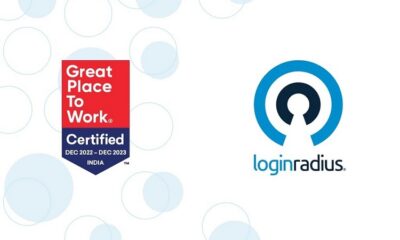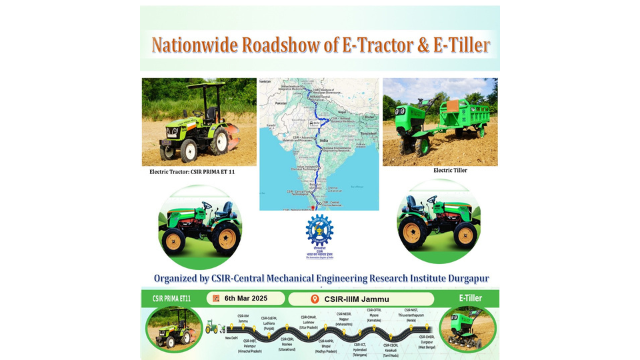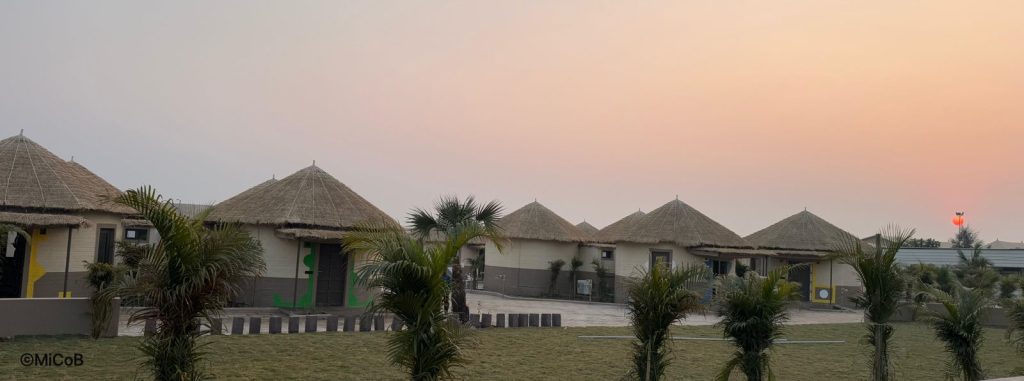In a pioneering move that underscores the evolving intersection of technology and healthcare,
Hikigai Inc. has teamed up with
Amrita Vishwa Vidyapeetham, Coimbatore, to establish a
Joint Research Center for Artificial Intelligence in Healthcare. This strategic collaboration is set to catalyze transformative changes in the healthcare landscape, leveraging the power of AI and cutting-edge research to address some of the most pressing challenges in medical science today.
The partnership was formalized with the signing of a
Memorandum of Understanding (MoU), in a ceremony attended by key leaders from both organizations. Lalitha R, CEO of Hikigai, Krish Subramanian, CTO, Shubham Giri, Engineering Lead, and Madhumita Selvan from Hikigai were present alongside Prof. Parameswaran, Principal Director, Corporate and Industry Relations, Mr. Suresh Kodoor. Director – Academia Industry Partnership, Dr. K. P. Soman, Dean, School of AI, Dr. Prem J, Assistant Professor, School of AI, Dr. Sundaresan, Assistant Professor, School of AI, Mr. Sai Sundarakrishna, Chief Innovation Officer, CIR and Mr. Kiran Subramanian, Senior Manager, CIR from Amrita Vishwa Vidyapeetham, whose efforts have been instrumental in bringing this collaboration to fruition.
The Power of Collaboration: A Perfect Convergence of Innovation and Academia
This partnership is not just a meeting of minds but a fusion of academic excellence and industry innovation.
Hikigai Inc., known for its
cutting-edge AI solutions and robust technological expertise, joins hands with
Amrita Vishwa Vidyapeetham, a leading institution with a reputation for groundbreaking research and a deep commitment to social relevance in healthcare.
The collaboration leverages the synergies between the two entities—Hikigai’s deep technological prowess and Amrita’s world-class research capabilities—to address the most complex healthcare challenges. The newly established Joint Research Center will serve as a hub for
AI-driven healthcare innovations, focusing on developing technologies that can dramatically improve healthcare delivery and patient outcomes.
A Glimpse into the Future: Personalized and Precision Medicine with AI
Healthcare is evolving toward a future where treatments are tailored to each patient’s unique needs. Breakthroughs in AI, nanotechnology, and automation are making this vision a reality.
- 🔹 AI for Personalized Care – Advanced AI models analyze vast medical data to enable earlier diagnoses and precision treatment plans, improving accuracy and patient.
- 🔹 Nanotechnology for Targeted Treatments – Microscopic medical tools deliver therapies directly to affected cells, minimizing side effects and accelerating.
- 🔹 AI-Powered Efficiency – Intelligent systems streamline clinical workflows, reduce administrative burdens, and enhance patient care.
This transformation is moving healthcare from a one-size-fits-all approach to truly individualized medicine—where every patient gets the right treatment at the right time. This collaboration will accelerate this future and transform healthcare.
Why This Partnership is Critical for the Future of Healthcare
This collaboration represents more than just technological advancement—it’s a critical step toward
redefining the future of healthcare. Both organizations bring unique strengths to the table.
Hikigai Inc. is at the forefront of AI innovation, with expertise in
artificial intelligence, machine learning, and data analytics, making it an ideal partner for implementing the latest AI techniques in healthcare. Meanwhile,
Amrita Vishwa Vidyapeetham, with its long history of research excellence, offers the academic rigor and interdisciplinary approach necessary for creating
AI solutions that are not only effective but also socially responsible.
Together, Hikigai and Amrita represent the ideal blend of
industry expertise and
academic depth, creating an ecosystem of collaboration that will shape the future of healthcare. The focus on
AI and
nanotechnology in this partnership is particularly timely, as both fields hold the key to solving many of the
global healthcare challenges we face today, from escalating medical costs to the need for
personalized and precision treatments.
This partnership is more than just a collaboration; it’s a critical convergence that promises to unlock the next generation of healthcare solutions. With
AI’s ability to process vast amounts of data and
nanobots’ potential to deliver treatment on a cellular level, the research center is poised to make
significant breakthroughs that will impact
patient care,
treatment outcomes, and
healthcare delivery systems worldwide.
The Road Ahead: A Vision of Cutting-Edge Healthcare
As both Hikigai and Amrita Vishwa Vidyapeetham embark on this transformative venture, the world can expect to see a flurry of
innovative healthcare solutions in the coming years. From
AI-powered diagnostics to
nanobots revolutionizing surgeries, the potential applications are boundless. As they work together, these two organizations will undoubtedly play a pivotal role in shaping the
future of healthcare, turning their shared vision into reality and paving the way for a healthier, more efficient, and technology-driven world.
For more information, contact us at
pr@hikigai.ai


 Entertainment3 years ago
Entertainment3 years ago
 Education1 year ago
Education1 year ago
 Business2 years ago
Business2 years ago
 Technology1 year ago
Technology1 year ago












